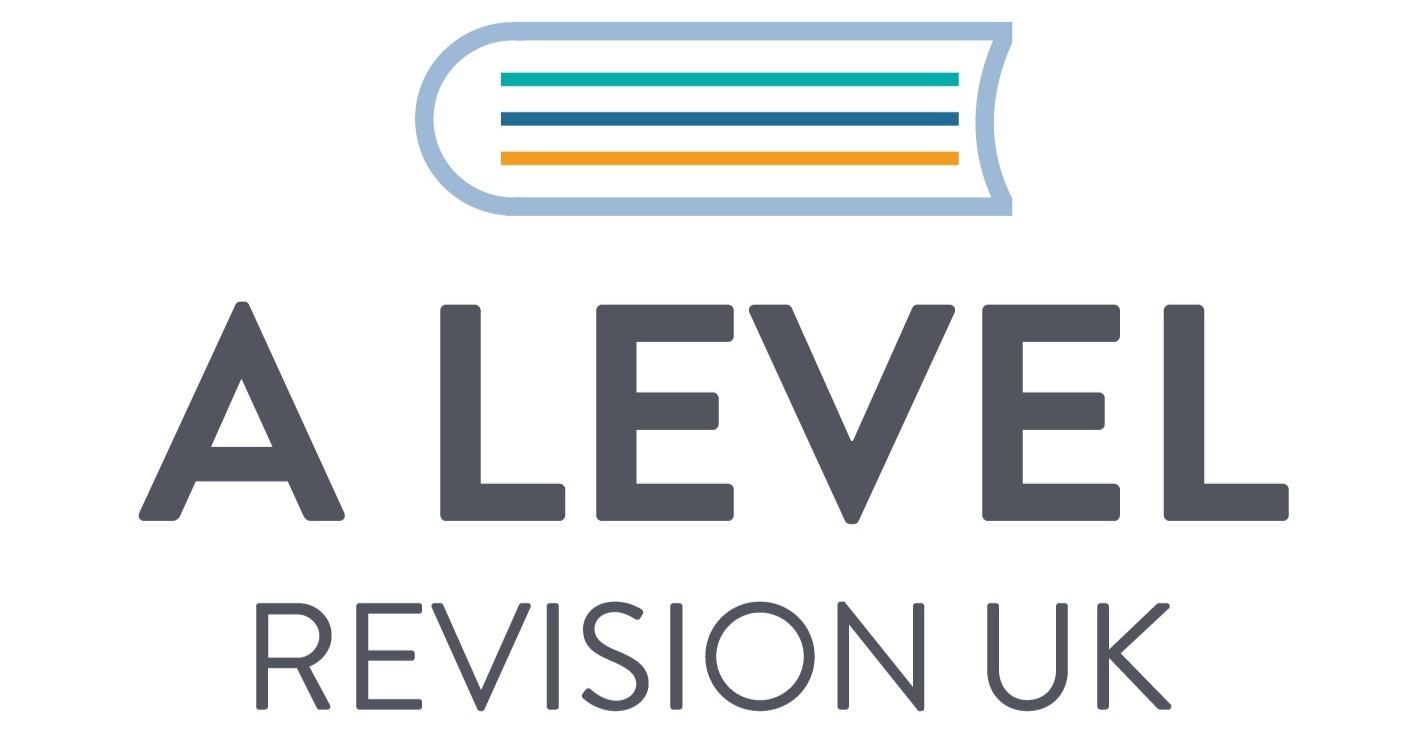Raising Standards in the OCR A-Level PE EAPI: Three Key Areas for Improvement
Delving deeper into possibly the most challenging (and frustrating) element of the OCR A level PE course can be a headache! To help we have pulled the most valuable insights from this year’s moderator report so centre’s can better prepare students for assessment success. The June 2025 report highlighted some encouraging progress, but also highlighted recurring challenges that continue to hold candidates back. Here are the top three areas needing improvement—and practical steps for addressing them.
1. Weakness in Development Plans
The report makes it clear: development plans remain the weakest section of the Evaluating and Analysing Performance in Physical Education (EAPI) task. Too many students produced overly basic plans, often relying on a single repetitive practice or failing to align training frequency and duration with the needs of the performer.
🔑 Tip for improvement: Students should be guided to build progressive, realistic training sessions that mirror real-world coaching. A strong development plan should include a variety of practices, clear coaching points, and measurable outcomes that show how the performer will improve over time.
2. Misuse and Over-Reliance on Theory
While theory is an important part of the task, moderators noted that many candidates treated the EAPI as a theory test rather than an applied evaluation. Too much time was spent defining concepts rather than applying them to the observation or development plan. In some cases, students also included theory outside the prescribed list, which could not be credited.
🔑 Tip for improvement: Encourage students to use the prescribed list theory selectively and purposefully. The goal is not to “fit in” as much theory as possible but to show how theory supports observations and justifies practical decisions in the development plan. We recommend using our theory link booklets throughout the two-year course to build each student’s confidence in their theory application.
3. Imbalance in Time and Structure
A common issue was poor management of time across the sections of the response. Many students devoted two-thirds of their time to evaluative comments and rushed through their development plans. Others relied too heavily on pre-prepared notes, limiting the accuracy of their observations.
🔑 Tip for improvement: Centres should train students to approach the EAPI in two clear parts:
Analyse and evaluate the performance.
Design a viable development plan.
Using the recommended 10–20 minutes observation time and ensuring a balanced split between evaluation and planning will help candidates access higher marks.
Final Thoughts
The June 2025 report shows that centres are making progress in preparing students, particularly with filming standards and structured evaluation. But to unlock higher marks, the focus must shift towards richer development plans, smarter use of theory, and balanced responses.
By embedding these improvements into teaching and assessment practice, centres can give their candidates the best possible chance of success in future series.
Follow us on Instagram @PE_revision_ to keep up to date with our upcoming PE CPD courses.
#PE #OCR #Teacher #Tutor #Exams #NEA #Learning
